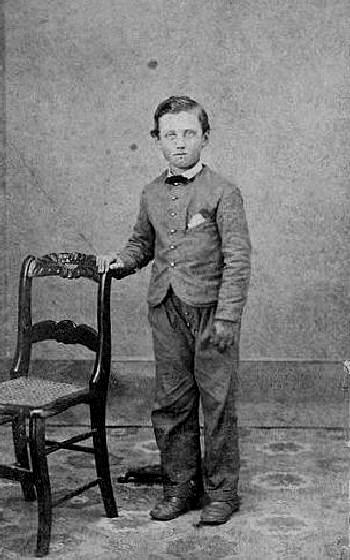
Figure 1.--This portrait was taken by Dr, Mills in Penn Yan, New York. Note how small the boy's little neck bow and collar are. |

|
The CDV and cabinent card appeared in the 1860s. They were less expensive than the Daguerreotype and thus we have many more images. In addition the images are much more clear and distinct. We do not see boys not yet breeched wearing neckwear. In fact some boys wore dresses with low necklines. The most notable aspect of 1860s neckwear is its small size. This is a helpful clue in dating old portraits. The smallest neckwear bows and ties are found in the 1860s. Collars were also small and often white. Many boys did not have neckwear. The boys that did have neckwear tended to have very small neckwear items. Actual bows are not very common What we find are mostly bow ties and stock-like neckwear evolving from the 1850s.
We note different kinfs. We note English boys wears a kind of cross tie. More common were little bows looking rather like stocks or bow ties.
Major photographic advances were made in the 1860s. The albumen process permitting paper printing was perfected in the late 1850s and widely adopted in the 1860s. The CDV and cabinent card appeared in the 1860s. They were less expensive than the Daguerreotype and thus we have many more images. In addition the images are much more clear and distinct. Thus we have a substantial photographic record which can be used to assess neckwear.
We do not see boys not yet breeched wearing neckwear. In fact some boys wore dresses with low necklines. A good example is two Philadelphia brothers. Interestingly the boys have bows on their shoulders. We see French boy, E'tiene Carjat, who also wears a dress without neckwear.
The most notable aspect of 1860s neckwear is its small size. This is a helpful clue in dating old portraits. The smallest neckwear bows and ties are found in the 1860s.
Collars were also small and often white. A good example is David Platt. There were several different popular styles. Eton shaped collars were popular as were rounded Peter Pan-shaped collars. We also note fancier collars such as ruffled collars. A good exmple is a Bavarian boy, Franz Xaver Mayer He wears a ruffled collar without any neckwear.
Many boys did not have neckwear. A good example is Ridy Lagai and Ollie Vail. Another example is unidentified Detrroit brothers.
The boys that did have neckwear tended to have very small neckwear items. Actual bows are not very common What we find are mostly bow ties and stock-like neckwear evolving from the 1850s.
We note different kinfs. We note English boys wears a kind of cross tie. We think Charles and Harland Russell are also wearing cross ties, but it is a little difficult to tell. More common were little bows looking rather like stocks or bow ties. A good example ia a Navigate the Boys' Historical Clothing Web Site:
HBC
[Main 19th century neckwear page]
[Introduction]
[Activities]
[Biographies]
[Chronology]
[Cloth and textiles]
[Clothing styles]
[Countries]
[Topics]
[Bibliographies]
[Contributions]
[FAQs]
[Glossaries]
[Images]
[Links]
[Registration]
[Tools]
[Boys' Clothing Home]
Created: 11:43 PM 3/6/2008
Last updated: 11:43 PM 3/6/2008
